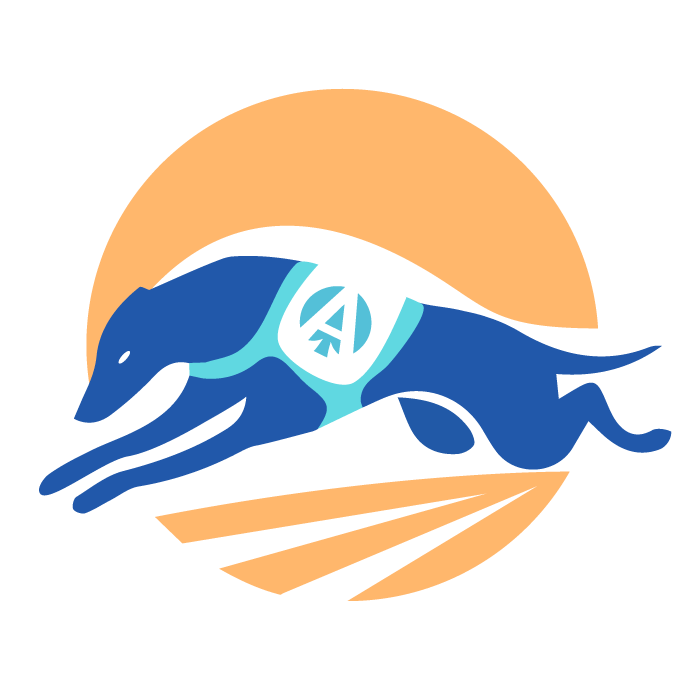Technology that Empowers Growth and Drives Results
From proprietary solutions to open-source products, accelerators can aid in the development of applications with new industry and functional capabilities. They can harness the power of data, artificial intelligence (AI), and other capabilities to drive innovation while empowering you to deliver your application faster.
Open Source
We help companies exchange burdensome legacy systems for lightweight, interoperable, and extensible solutions that reduce or eliminate technical debt.

30 Years of Innovation
Advancing our core vision of creating innovative, accessible, and impactful systems

How We Serve
Building solutions that serve as sustainable investments for your business – together

Case Studies
Partnering with clients to turn innovative ideas into reality

